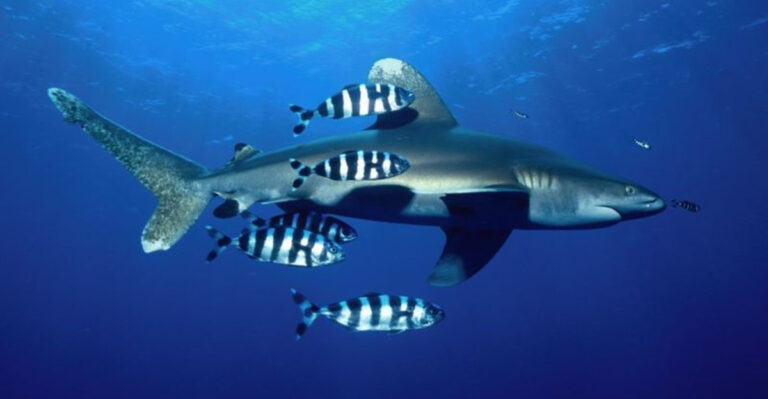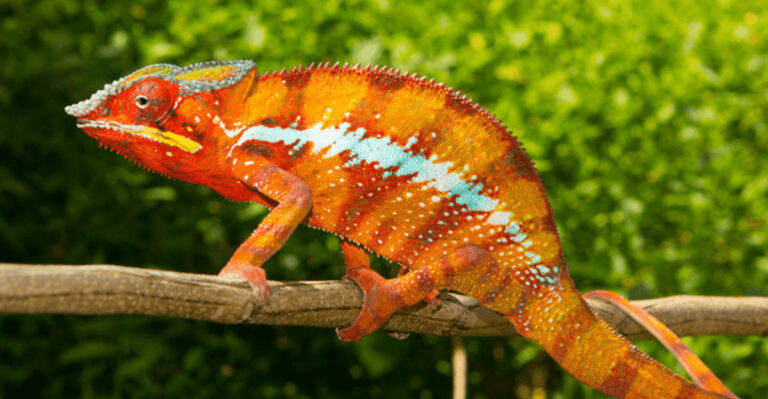8 Ocean Animals More Dangerous Than Sharks (And 5 That Only Look Scary)
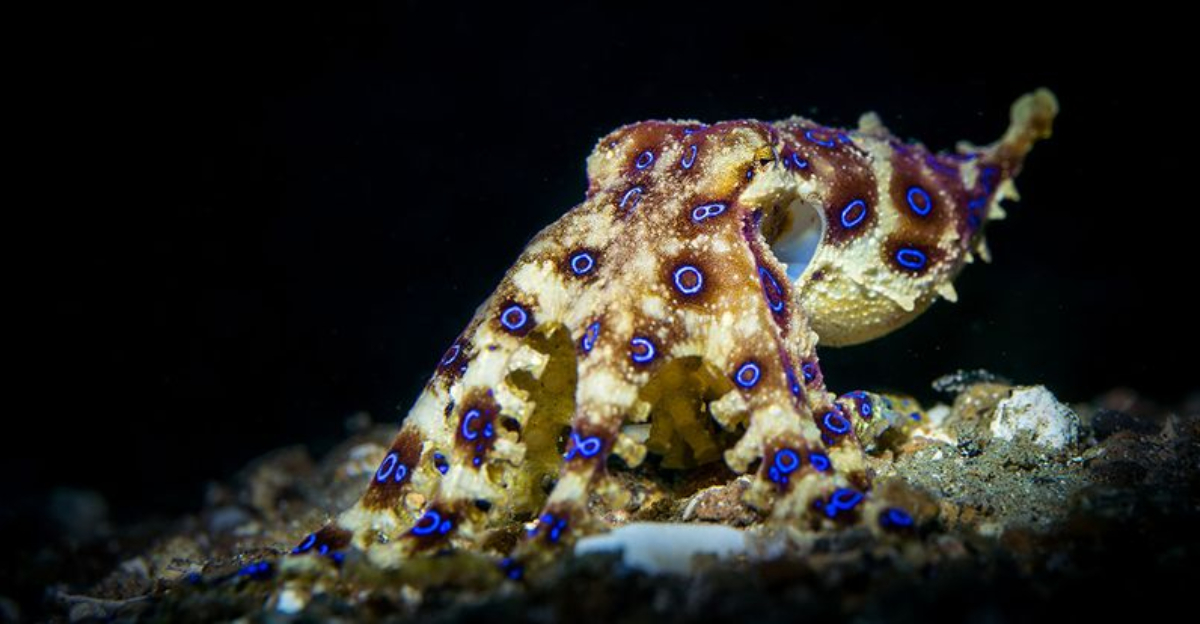
When we think of ocean dangers, sharks usually top the list. But these feared predators aren’t actually the most dangerous creatures swimming in our seas.
The ocean harbors many animals that pose a greater threat to humans than sharks do, while others just look terrifying despite being relatively harmless.
1. Box Jellyfish: The Silent Killer
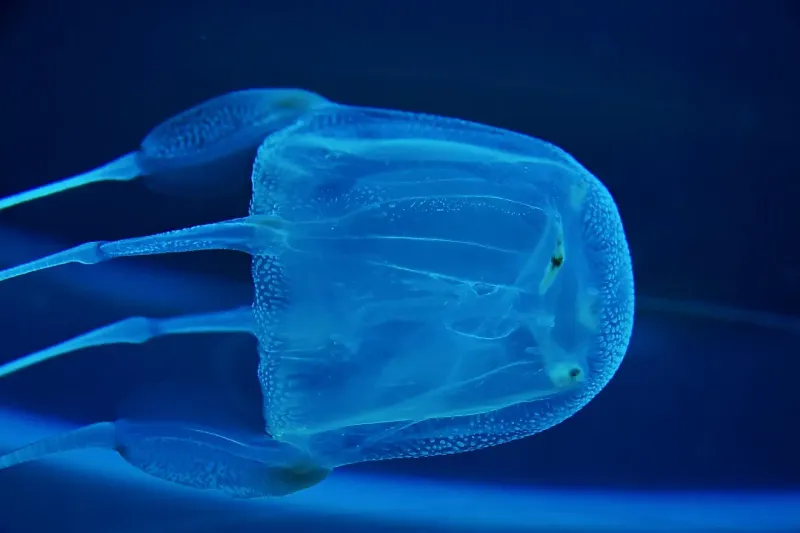
Almost invisible in the water, box jellyfish pack enough venom to kill 60 adults. Their stings attack the heart, nervous system, and skin cells simultaneously, causing excruciating pain and potential death within minutes.
Swimmers in Australia, the Philippines, and other tropical waters fear these translucent killers more than any shark. Unlike sharks, they don’t flee from humans—they simply drift, making accidental contact almost inevitable in their territory.
2. Blue-Ringed Octopus: Tiny But Lethal
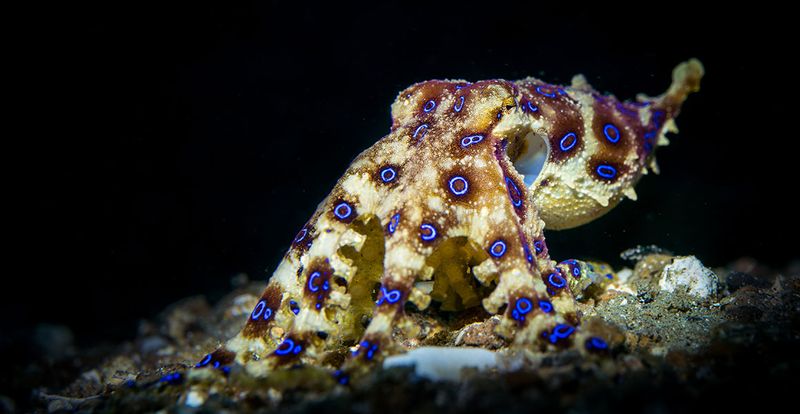
Don’t be fooled by its small size and beautiful blue rings. This fist-sized octopus carries enough tetrodotoxin to kill 26 adults in minutes. The worst part? There’s no antivenom available.
Found in tide pools and coral reefs across the Pacific and Indian Oceans, these creatures only display their vibrant blue rings when threatened. By then, it might be too late. Their bite is painless, making victims unaware until respiratory failure begins.
3. Cone Snail: Beauty With A Deadly Harpoon
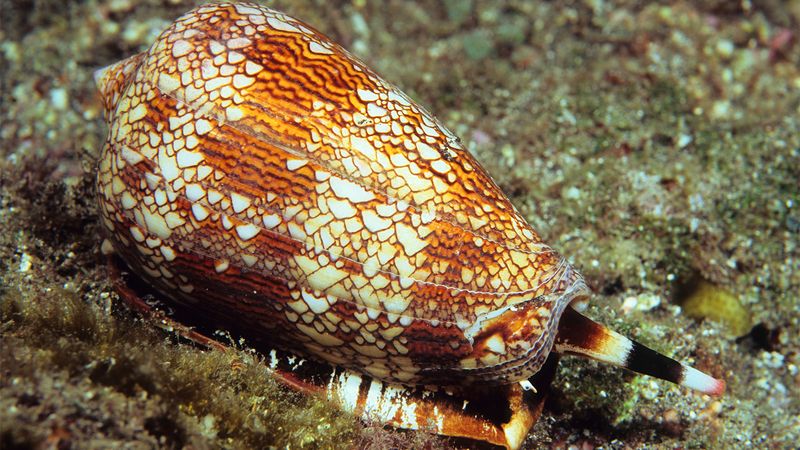
Beach collectors beware! These gorgeous shells house predatory snails armed with a venomous harpoon. When triggered, this modified tooth shoots out like a spear, injecting a cocktail of over 100 different toxins.
Some species contain venom so potent it’s nicknamed “cigarette snail”—you’d only have time to smoke one before dying. Their colorful patterns attract unsuspecting admirers who might pick them up, not realizing the danger hiding inside.
4. Stonefish: Master Of Disguise
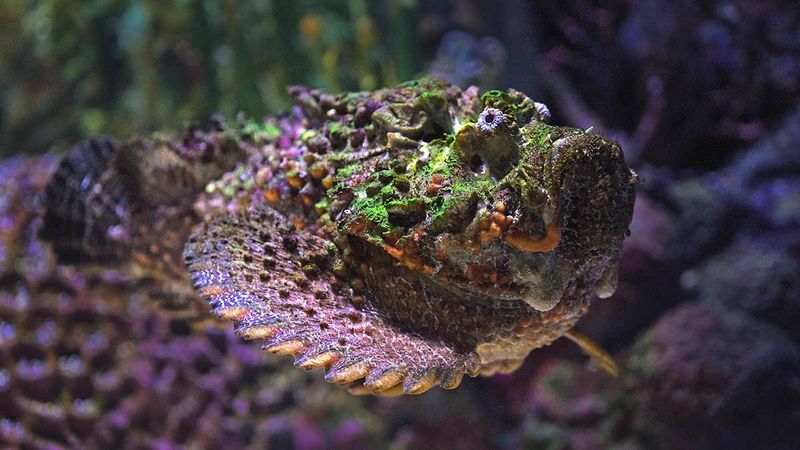
Resembling an algae-covered rock, the stonefish is the most venomous fish in the world. Stepping on its spines delivers excruciating pain that victims describe as feeling like being hit by a sledgehammer or burned by acid.
These ambush predators lie motionless on the ocean floor, perfectly camouflaged among actual rocks and coral. Their venom can cause tissue death, paralysis, and without treatment, death. Unlike sharks that rarely attack, stonefish injuries happen regularly to unsuspecting waders.
5. Portuguese Man-Of-War: Not A Jellyfish
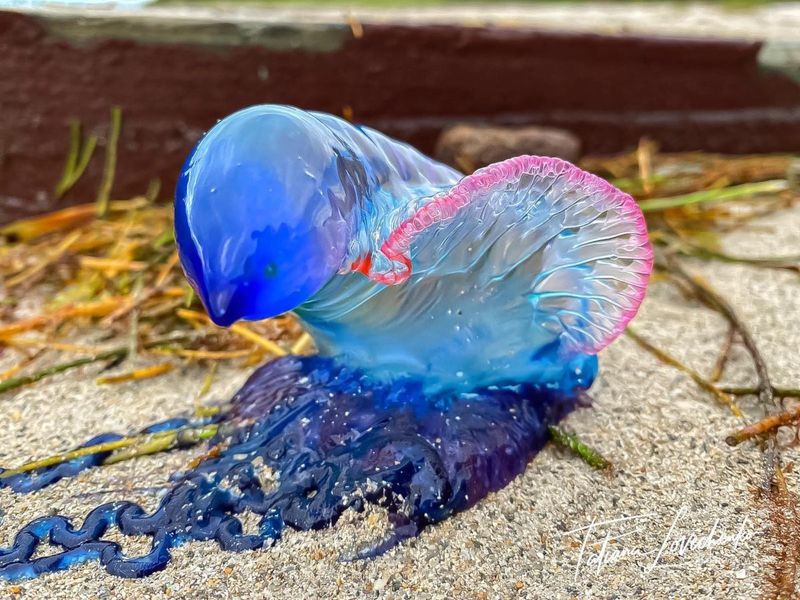
Sailing across ocean surfaces with its purple-blue balloon, this colonial organism packs a punch far worse than most jellyfish. Its tentacles can extend 100 feet underwater, delivering painful stings even when washed ashore and seemingly dead.
Actually a colony of specialized organisms working together rather than a single animal. The venom causes red welts, extreme pain, and can lead to fever, shock, and impaired heart and lung function. Unlike sharks that you can sometimes see coming, these drift invisibly with currents.
6. Sea Snakes: Underwater Serpents
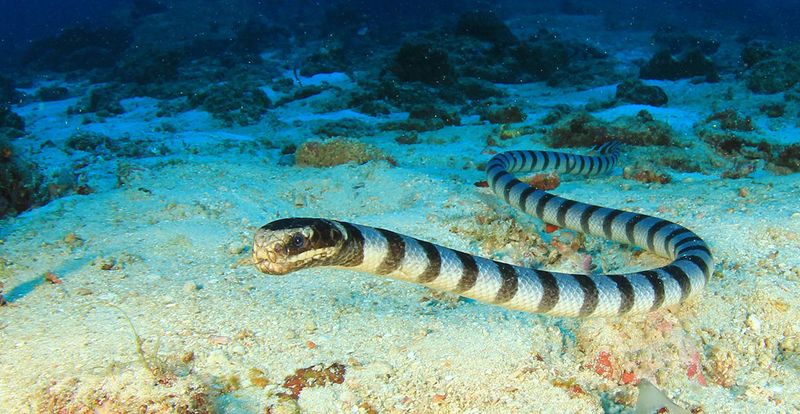
Slithering through tropical waters, sea snakes possess venom up to 10 times more potent than a cobra’s. Their fangs may be small, but the neurotoxins they deliver can cause paralysis, muscle damage, and respiratory failure.
Fortunately, most species have gentle temperaments and rarely bite humans unless provoked. However, the olive sea snake gets aggressive during mating season. Their venom evolved to kill fish instantly, making it particularly dangerous to humans who accidentally corner or step on them.
7. Lionfish: Beautiful Invader
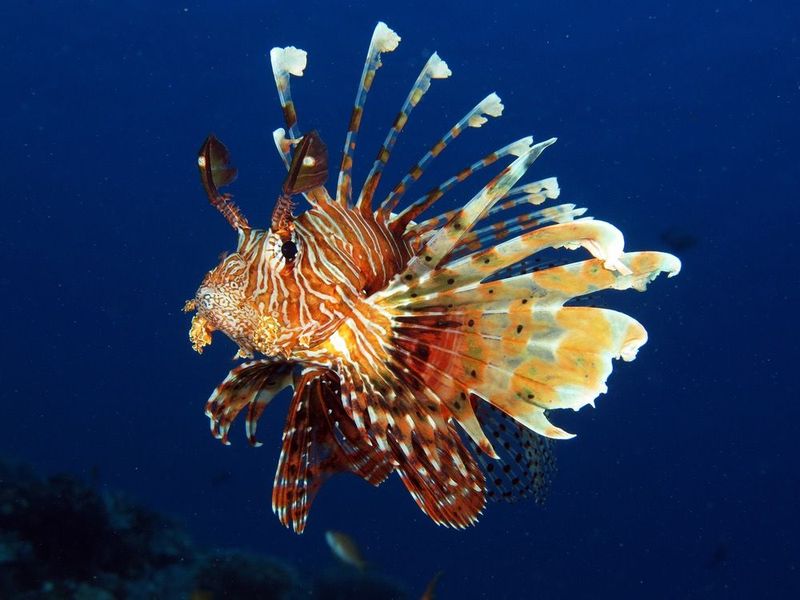
With striking red and white stripes and fan-like fins, lionfish might look like aquarium showpieces, but their beauty hides painful secrets. Their dorsal spines contain venom that causes intense pain, sweating, respiratory distress, and occasionally paralysis.
Native to the Indo-Pacific, these fish have invaded Atlantic waters where they have no natural predators. Unlike sharks that maintain ecosystem balance, lionfish devastate native fish populations. Their boldness around humans makes encounters more likely than with sharks, as they don’t flee when approached.
8. Saltwater Crocodile: The Ultimate Predator
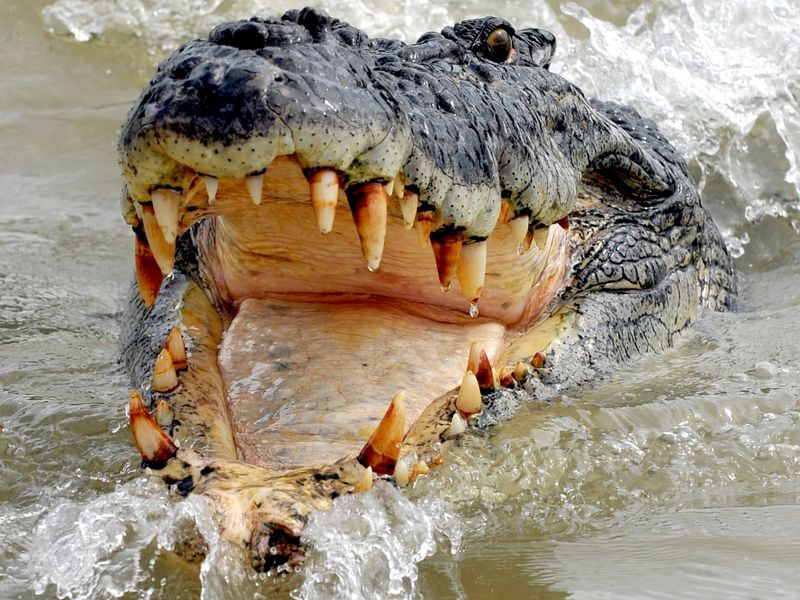
Forget sharks—saltwater crocodiles are responsible for far more human fatalities. These prehistoric monsters can reach 23 feet long and weigh over a ton. They’re capable of explosive bursts of speed both in water and on land.
Unlike sharks that rarely see humans as prey, saltwater crocs actively hunt and ambush mammals, including people. They’re intelligent enough to learn human patterns and patient enough to wait hours for the perfect attack moment. Their bite force measures a crushing 3,700 pounds—the strongest of any animal alive today.
9. Moray Eel: Looks Scarier Than It Is
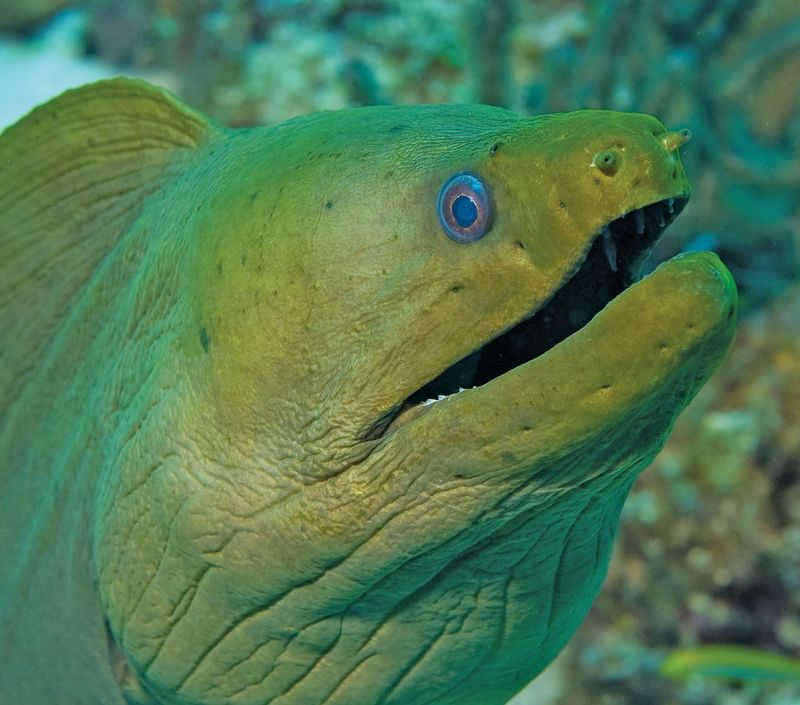
With their gaping mouths and needle-sharp teeth, moray eels appear ready to snatch unwary divers. The truth? These creatures rarely attack humans unless severely provoked or mistaking fingers for food.
Hidden in reef crevices, morays rely on poor eyesight and an excellent sense of smell. Their frightening appearance serves mainly to deter predators and protect their territory. While a bite can cause painful lacerations requiring medical attention, they’re not venomous and prefer to retreat rather than confront divers.
10. Barracuda: Lightning-Fast But Misunderstood
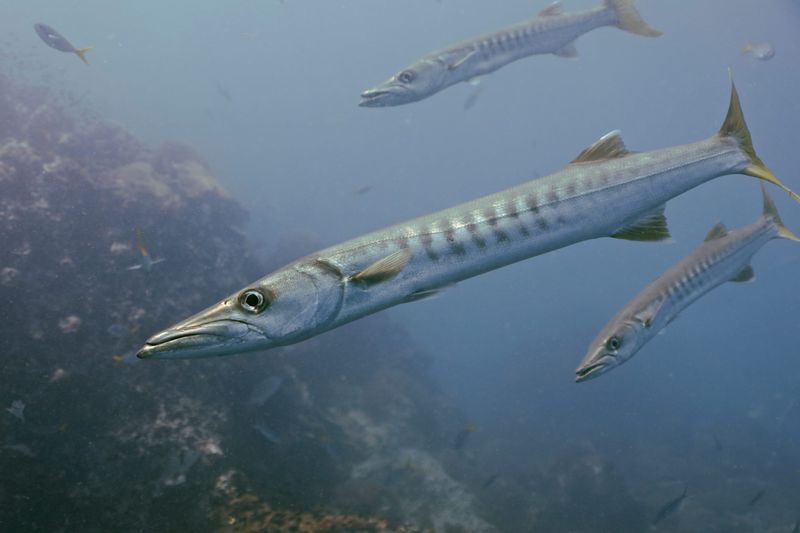
Silver torpedoes with intimidating teeth, barracudas inspire fear in many swimmers. Their reputation for aggression largely stems from their curious nature and tendency to follow divers, mistaken as stalking behavior.
Attacks on humans are extremely rare. Most incidents involve barracuda mistaking shiny objects (like jewelry) for the glint of small fish scales. Despite their fearsome appearance and impressive speed reaching 35 mph, they’re actually shy creatures that typically avoid human contact altogether.
11. Giant Squid: Deep-Sea Myth
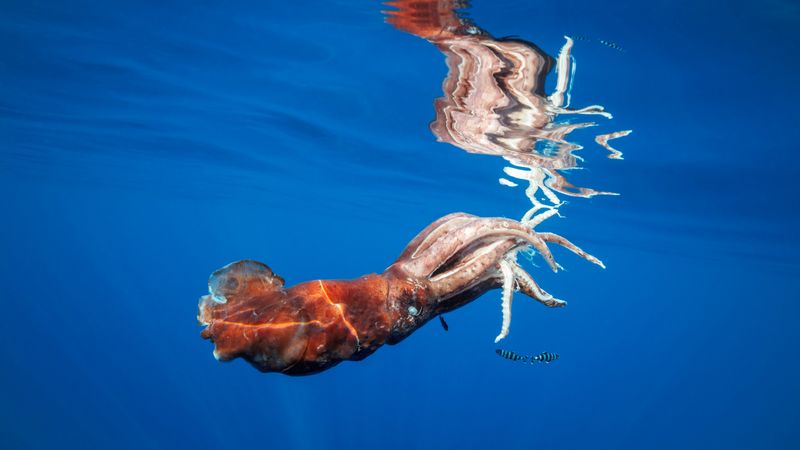
Ancient sailors’ tales of ship-dragging sea monsters likely originated from glimpses of these elusive giants. Growing up to 43 feet long, giant squids look terrifying with basketball-sized eyes and sucker-lined tentacles.
Despite their monstrous appearance, no authenticated attacks on humans exist. Living at depths between 1,000-3,000 feet, they rarely encounter people. Their primary predator is the sperm whale, not humans. Most sightings involve dead or dying specimens that have washed ashore—not the kraken of legend.
12. Stingrays: Gentle Giants With Defensive Weapons
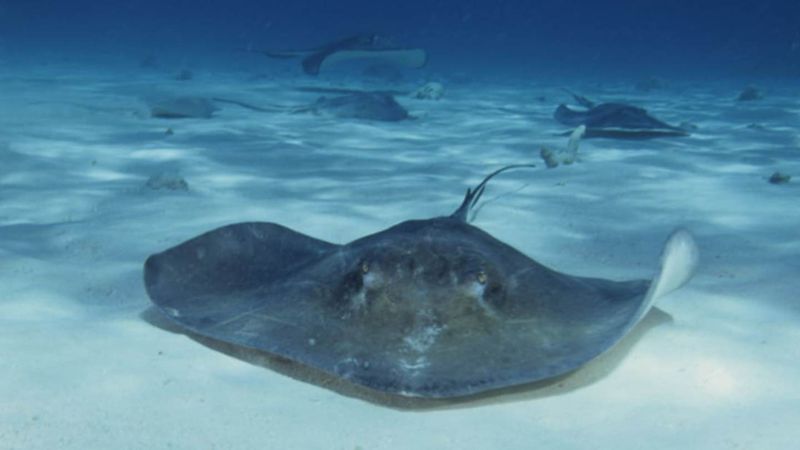
Famous for the tragic death of Steve Irwin, stingrays gained an undeserved reputation as killers. In reality, these graceful creatures only strike when stepped on or cornered, using their venomous barb purely for defense.
Most rays spend their days partially buried in sand, making accidental encounters possible. The simple precaution of shuffling feet while wading (“stingray shuffle”) alerts them to human presence, giving them time to swim away. Far from aggressive, many species allow divers to approach closely without showing signs of stress.
13. Goblin Shark: Deep-Sea Nightmare Face
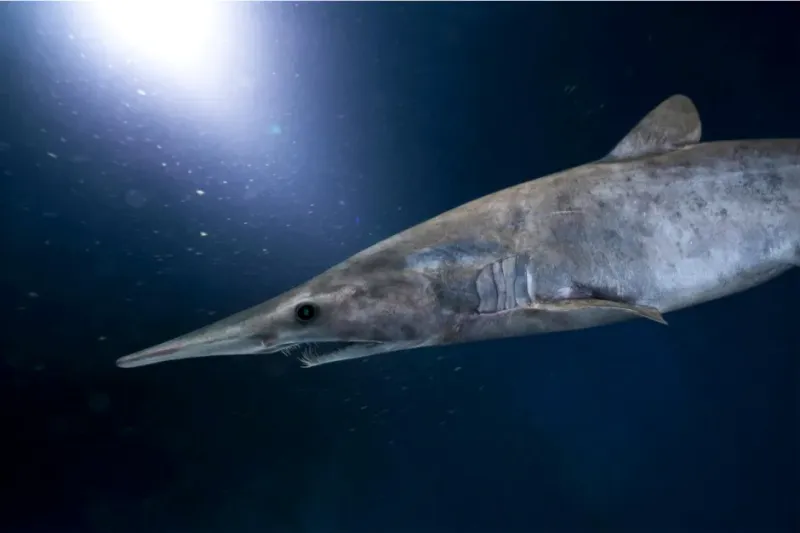
With a protruding sword-like snout and jaws that extend like an alien creature, the goblin shark looks like something from a horror movie. Its pale pink skin and nail-like teeth complete the nightmarish appearance.
Despite their frightening look, these deep-sea dwellers (living at depths of 4,000 feet) never encounter humans in their natural habitat. Their bizarre extendable jaws help them catch prey in the dark depths, not attack swimmers. Scientists believe they’re actually sluggish creatures, using minimal energy in their cold, pressurized environment.

